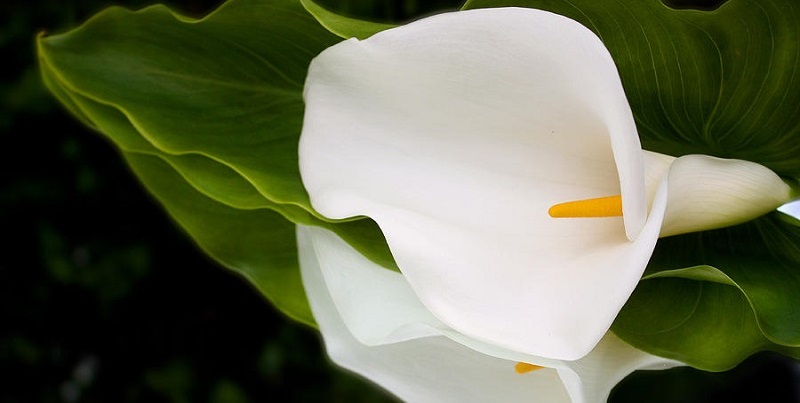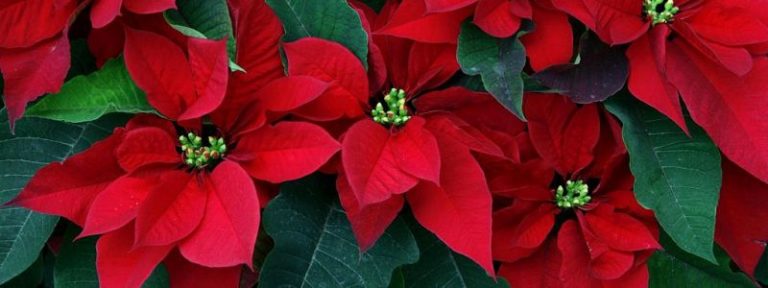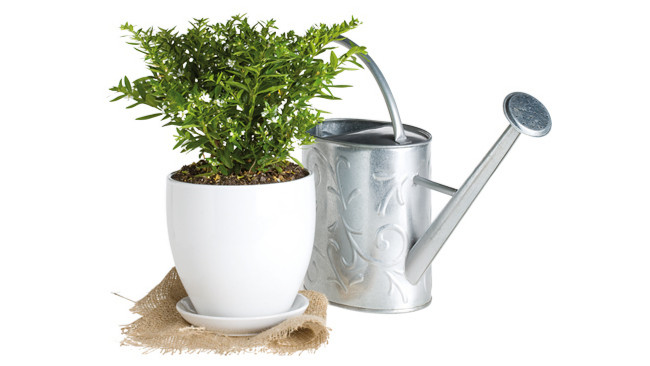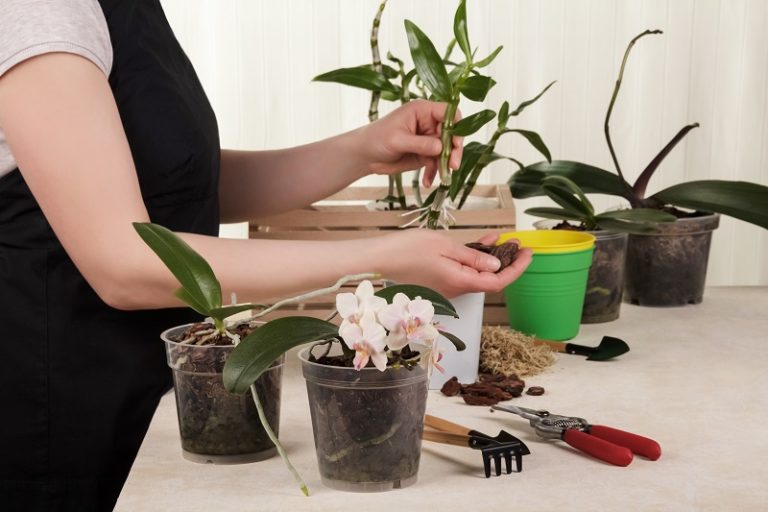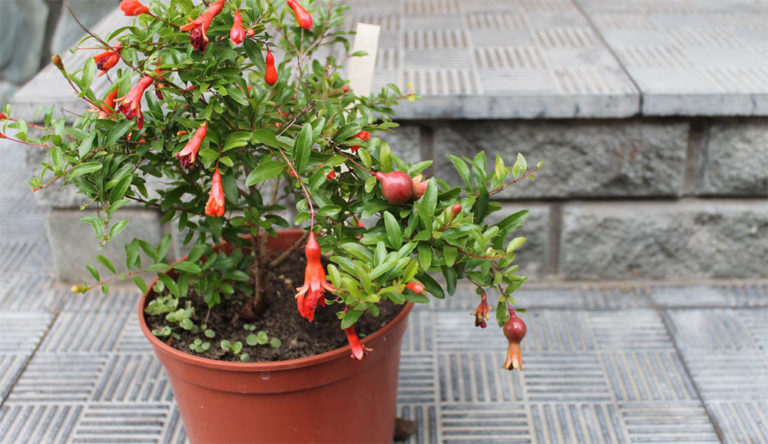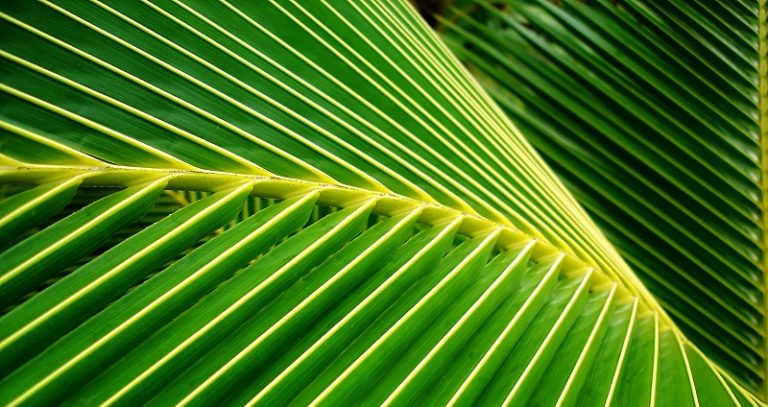Calla lilies – care
Calla lily is a perennial herbaceous plant with large leaves and graceful flowers of white, yellow, red and other flowers from the Aroid family. Calla lilies are found in their natural habitat on the African continent, where they can grow up to 2.5 meters, the leaves are dark green in color, wavy at the edges. The flower of the calla lily is unusual, resembling a head of cabbage, which gently wraps a fragile bedspread. Indoor calla flowers practically do not smell, but garden calla lilies in warm sunny weather exude a delicate aroma.
These flowers convey to the owners an exceptionally positive energy of joy and help to establish harmony in the room.
Attention!
All parts of calla lilies are poisonous and, if ingested, can cause acute vomiting, swelling of the throat and mouth in humans. Keep indoor calla lilies away from children, and we advise you to plant and transplant this plant with gloves.
Types of calla lilies
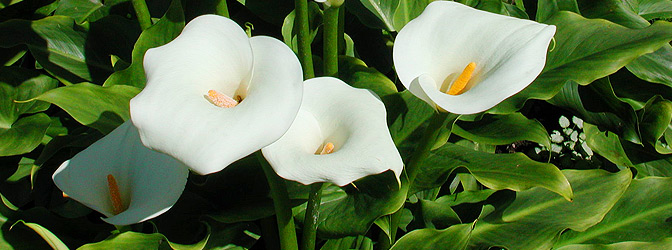
Zantedeski, Ethiopian
(Zantedeschia aethiopica),at home, in the vast majority, only Zantedeschia Ethiopian (Zantedeschia aethiopica) is grown. This is a large plant with heart-shaped, gracefully curved leaves and tall (up to 1.5 m) pedicels, the inflorescences are wrapped in white bedspreads.
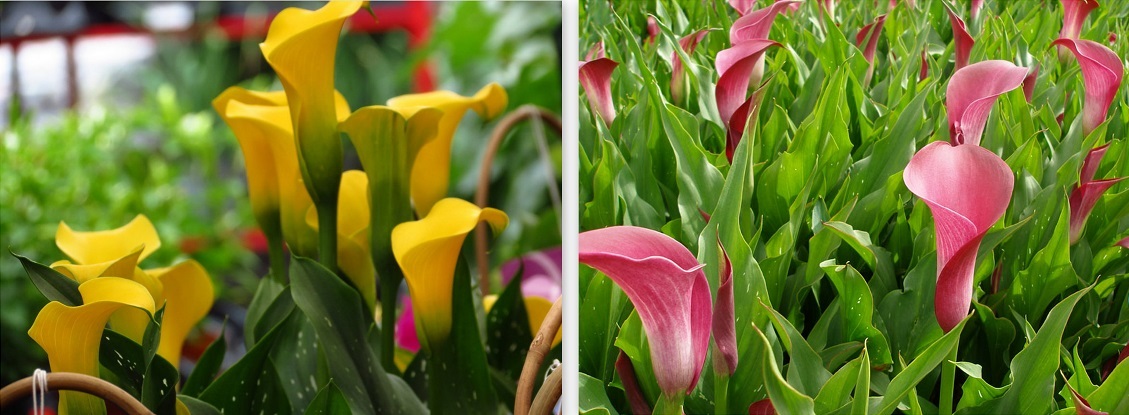
Calla Elliot
– undersized up to 50 cm “colored” calla lilies with golden yellow inflorescences.
Calla Remania
– undersized up to 50 cm with pink-red and lilac bedspreads, the color of which is monochromatic or with transitional shades.
How to care for calla liliesCaring for indoor calla lilies is simple, and the creation of any special conditions does not require.
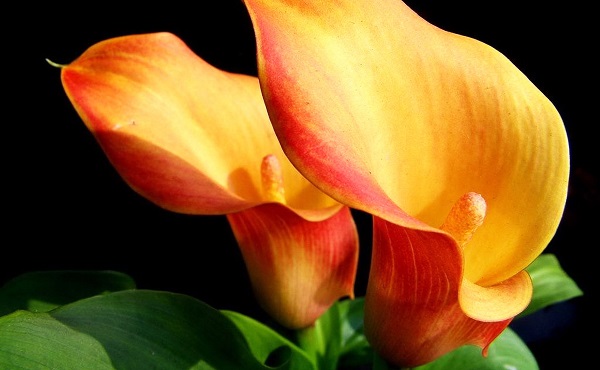
Light brightness for calla lilies
Calla lilies are shade-tolerant, grow well in bright diffused light and partial shade, but it needs enough light and a small amount of direct evening or morning sunlight to grow.
Watering and air humidity for calla lilies
Calla is a moisture-loving plant, especially Ethiopian. In its natural environment, it grows near swamps, where soil and air humidity are very high.
Low-growing calla lilies are less demanding on watering. During the flowering period, indoor calla lilies need to be watered often, and during the dormant period – as the topsoil dries. It is impossible to overdry the plant, it is detrimental to it. Air humidity should be high enough ( 70 – 80%), calla lilies should be sprayed frequently.
Low-growing colored calla lilies are less picky about humidity: they need a humidity of 50 – 60%. Spraying should be carried out less often and very carefully, or even replace them with wiping so that moisture does not flow down the shoots of the leaves and does not cause rotting of the tuber.
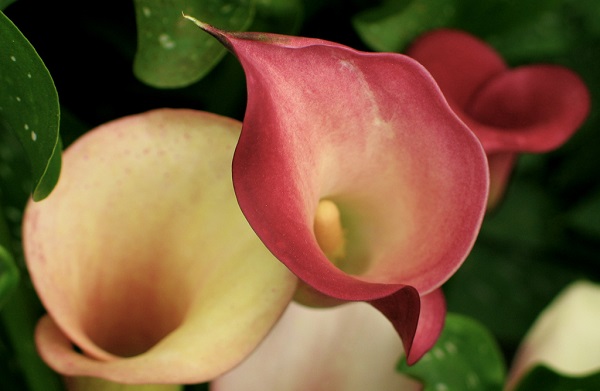
Air temperature for calla lilies
The most favorable air temperature for the normal development of calla lilies is 19-25 degrees C. In winter, the temperature should not be lower than 8 degrees C.
And garden calla lilies need to be dug up before the temperature drops.
See also:ORCHIDS – ORCHID CARE
When to feed calla lilies
For active growth and long-term flowering, calla lilies need to be fed in a timely manner.
Indoor calla lilies need organic and complex mineral fertilizers for flowering. We feed, alternating organic and mineral fertilizers, 1 time in 12 days. It is useful to combine root dressings with foliar ones, but you can not spray the bedspreads of inflorescences, otherwise they will become stained and quickly fade. When calla lilies lack fertilizer, its leaves lose their shine and droop (with a lack of nitrogen), lifting up the pointed ends of the leaves.
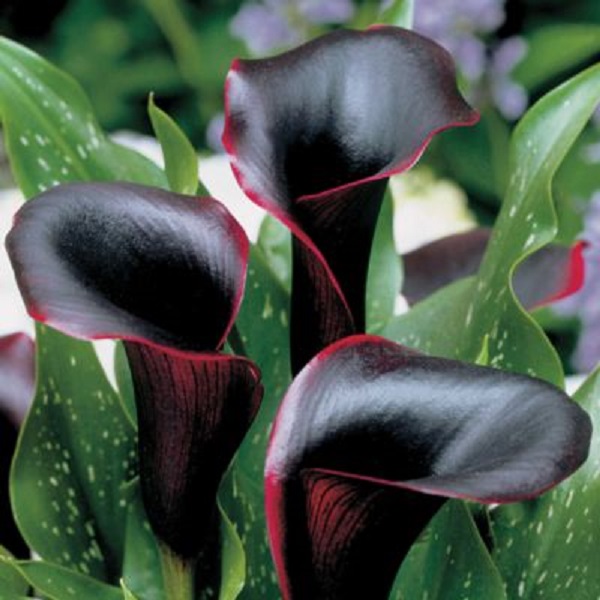
Which pot to choose to plant calla lilies
For calla lilies, the pot plays a big role. For Ethiopian calla lilies, the pot should not be small, calla lilies will not bloom in such a pot. Ethiopian calla lily likes to grow alone. For one flower, the pot should be at least 20 cm in diameter. It is better to choose a natural pot so that excess moisture evaporates and the roots of the plant breathe. For undersized tuberous feces, the capacity of the pot is not so crucial. A pot with a volume of 2.5 – 3 liters will be enough.

Soil for calla lilies
The soil for calla lilies is suitable universal, for flowering indoor plants, and you can prepare the soil yourself. Take equal parts: compost, leafy soil and clean river sand, and add to them 1/4 of the clay, 2 parts of soil and superphosphate (a tablespoon of fertilizer per 3 liters of the mixture)
How to transplant calla lilies
When the calla lilies end their dormant period, all indoor calla lilies need to be transplanted into a new substrate. This is especially true for Ethiopian calla lilies, when transplanting, it is imperative to separate the daughter shoots (which significantly weaken the plant, and can cause a lack of flowering) from the mother tuber. If you regularly cut off young lateral shoots and periodically replace the top layer (up to 5 cm) of soil in the pot, then calla lilies can be left without transplantation for up to 2 years.
When transplanting calla lilies, it is not recommended to deepen adult rhizomes too much, it is necessary to plant so that the leaves of the plants do not lie down. We plant young tubers to a depth that is 3 times their diameter.
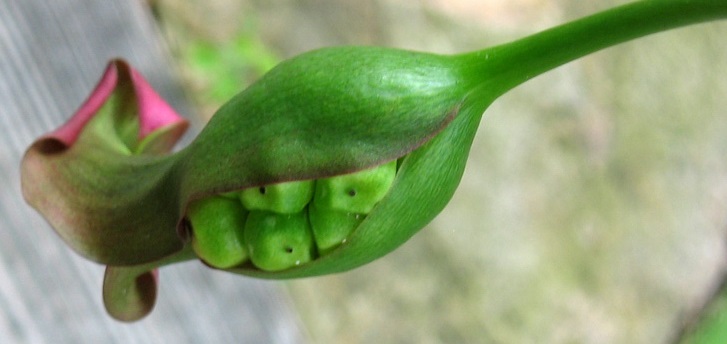
Reproduction of calla lilies
Ethiopian calla lilies reproduce by shoots.
When dividing the rhizome, a bud must be present on each separated part. The cuts are treated with charcoal and the shoots are planted in separate pots.
Colored low-growing calla lilies are propagated by seeds and tubers, which are simply separated from the mother plant. If the tubers are difficult to separate, then do not touch them . These tubers are not yet ready for independent life.
Diseases and pests
The reason for the appearance of pests and diseases is errors in care.
Insufficient air humidity can also lead to damage to calla lilies by spider mites. In addition to ticks, calla lilies can also be affected by aphids.
Care after flowering
In order to prolong flowering in calla lilies, the inflorescences are cut off when the bedspread turns green. In this case, the plant does not waste nutrients on the formation of seeds, but new flowers grow.

